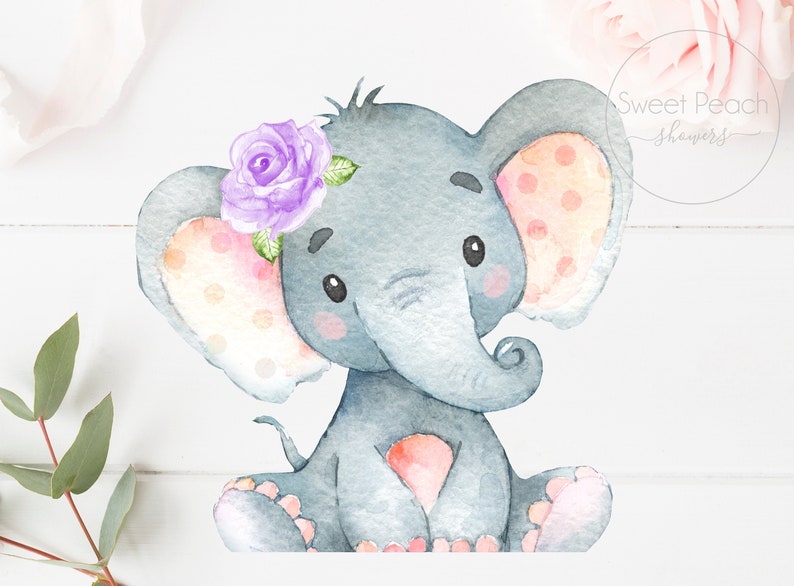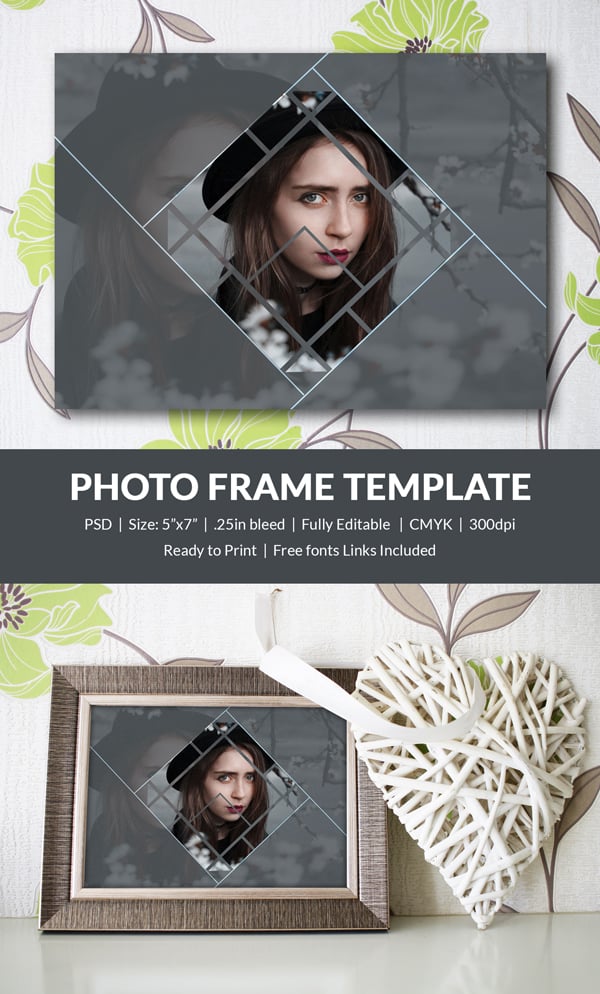

So if your photo is 300 pixels long by 300 pixels wide, you can safely print a 1×1 picture. You see, the larger you print your images, the more you’ll degrade the print quality. (This should make sense because as you print larger, you force a set number of pixels to occupy a larger area.)Ī standard metric for good quality prints is that you should aim to have at least 300 pixels correspond to each inch of your final print. Well, in the simplest case, that depends on one factor: Say you have that 6000-pixel by 4000-pixel image. How do image dimensions get converted into print sizes? But the original dimensions do offer you a starting point, so it’s wise to check your image files for your straight-out-of-camera sizes. Of course, the dimensions of your photos aren’t set in stone, thanks to the power of cropping. The precise dimensions depend on your camera sensor, with full-frame and APS-C cameras offering one set of dimensions, Four Thirds cameras offering another set of dimensions, and so on. Inches vs Pixels: Converting Image Dimensions Before Printingĭigital images are sized in pixels. An image straight out of your camera will often be roughly 6000 pixels on the long end and 4000 pixels on the wide end.
#Photo print out how to
So now that you understand why you should pay attention to print size, let’s take a look at a few practical aspects of printing, including how to calculate the expected print size given your image pixel dimensions. Worst-case scenario, they’ll crop the file for you – which is rarely a good idea because this will ruin the composition. If you order your print online, you’ll often be prompted to choose your “crop,” which involves cropping your photo to fit a standard print size. So when you place a printing order, they’ll want to verify that your image dimensions match up to the dimension of the print you requested.

Second, most printing shops don’t allow for custom-sized prints. Mats and frames are designed for specific print sizes, and if your photo deviates even slightly from this, you’ll run into issues.) (Note that there is no such thing as a “one size fits all” mat or frame. But if you print off your photo without considering its size, you may end up with non-standard dimensions – and you won’t be able to find frames or mats that fit your shot. If you print a 8×10 photo, you’ll be able to easily find a mat and a frame that fits these dimensions. When it comes to printing your photos, paying attention to photo print sizes is essential.įirst, if you’re creating paper prints and you plan to mat and frame them, most of your options will be designed to complement standard print sizes. An 8×10 print can be 8-inches tall and 10-inches wide (for a landscape-style result) or 10-inches tall and 8-inches wide (for a portrait-style result). Note that print sizes are generally given in inches, so an 8×10 print is 8-inches on the short and 10-inches on the long end.Īlso, note that photo prints have no clear orientation.

In fact, you’re probably familiar with some standard sizes already – options such as 8×10, 4×6, and 5×7. Photo print sizes are a list of possible sizes you can print your photos. I’ll close with a list of common picture sizes so that you get a sense of the options available to you. In this article, I’m going to clear up everything related to print sizes – what they are, what’s feasible given your image dimensions, and whether you need to consider common aspect ratios when printing.


 0 kommentar(er)
0 kommentar(er)
